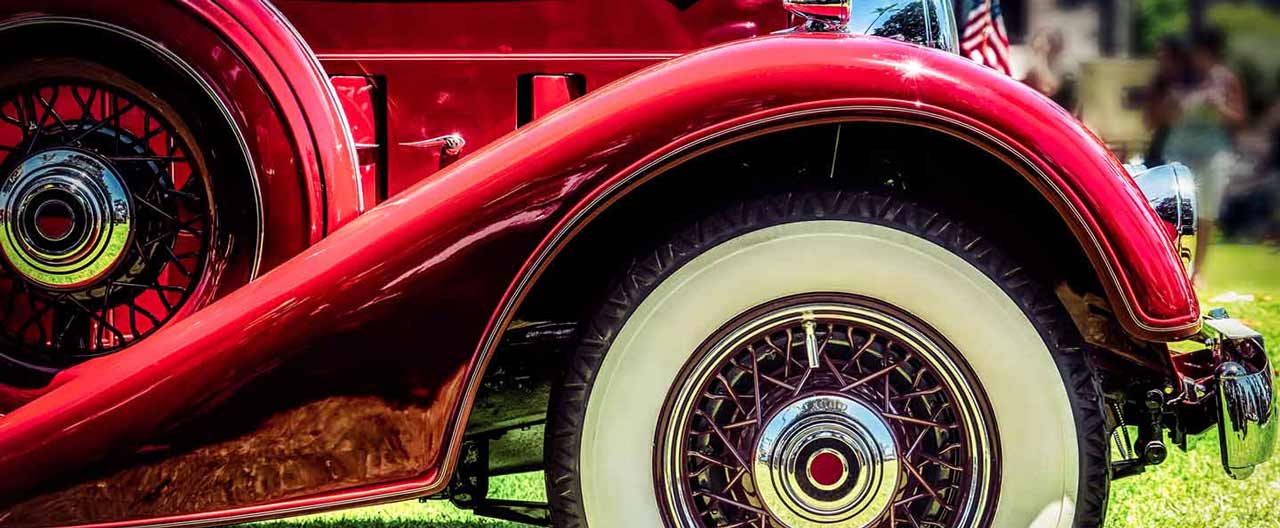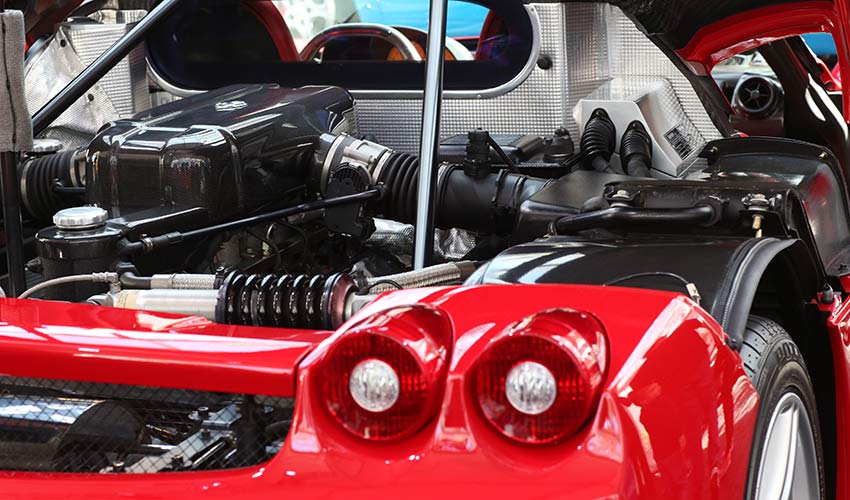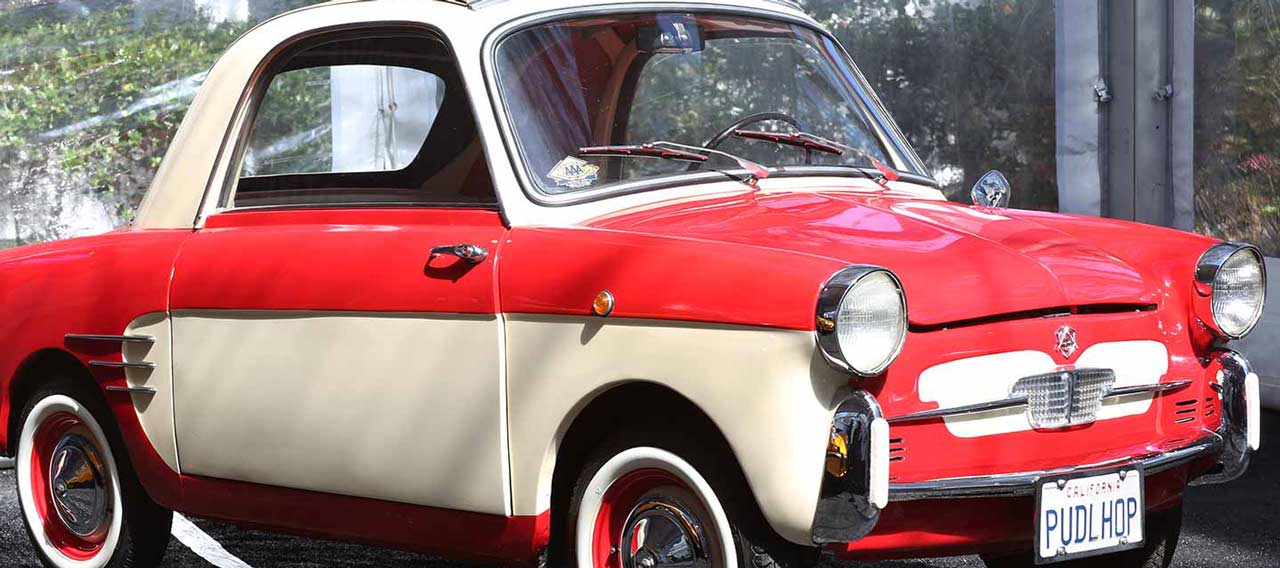- Individuals & Families
- Businesses
- Brokers

With winter on its way out, you may be ready for some spring cleaning.

Make sure you protect your classic cars from damage or additional wear and tear.

Keep your important papers and small valuables away from burglars, fire or natural disaster.

For over a hundred years, we’ve offered unparalleled stability and protection for small boats, yachts, luxury mega-yachts, and more.

Here are some things you can do to assist firefighters and minimize the damage to your home.

At their worst, disputes between professional service firms and their clients can lead to costly lawsuits.
If you’ve got a classic car, you’ve probably at least considered (or maybe participated in) a rally. Classic car tour rallies can be loads of fun: motoring along routes specially selected by professional rally organizers (with mechanics available when you need them), luxury accommodations, and sublime cuisine – all in the company of other car enthusiasts just like you.
Whether you decide to take on a North American tour like the California Mille or the Going to the Sun Rally, or are bold enough to ride in an international tour, you need to prepare yourself and your car for the trip. Here are a few things to consider:
1. Get yourself ready.
You’ll be expected to be fairly self-sufficient, so make sure you understand what you’re getting yourself and your car into. That means, you’ll need to know what to do when you get to the end of each day, how to get help if you need it, and what routes to follow. All of this information should be readily available ahead of time, so you’ll just need to do a bit of homework.
2. Prepare your co-driver.
Decide what you’ll do and what your co-driver will do. Will you each drive part of the time? Or will one of you drive the whole time and the other navigate the whole time? Making sure both of you are happy can make a big difference in your tour’s success.
3. Give your car a pre-rally checkup.
You or your mechanic should be sure to check your car’s:
- Engine health – Does it leak, smoke, stumble or cough? Try to address these symptoms, as they could be an indication of a serious problem.
- Brakes – If you haven’t looked at the brake pads, rotors, drums, lines or cables for a while, now is the time. If any of these components look tired, it’s time to change them. Fresh brake fluid also helps.
- Electrical system – No spark, no fun! Check the output of your alternator/generator. Make sure all wiring is in good order and your battery is fresh.
- Tires – Make sure the air pressure is where it should be and look for signs of dry rot.
- Speedometer and odometer – You’ll likely be given a route book that has directions down to the kilometre. You can get by with an inaccurate speedometer, but your co-driver will have to be on top on your location.

4. Drive the car to make sure it’s ready.
If you’re used to taking your car out for short Sunday drives only, you’ll want to make sure it’s ready for a much longer and perhaps grueling adventure. After all, putting 1,000 hard kilometres on a car over three or four consecutive days will make your car behave differently than it would for short stints. You may want to take it for a longer test drive at least a few weeks before the main event, to make sure you can make adjustments and repairs if needed.
5. Know what to bring.
If you can carry a few spare parts, do so. Things like a water or fuel pump, generator, some fan belts, hoses, a quart of oil and an oil filter may be useful. Your mechanic can also advise you on common parts on your unique model that could fail. By bringing unique spares, the rally mechanics will be better able to address any problems that may arise.

6. Make sure you have the right insurance.
Many auto policies apply stringent kilometre limitations or require you to report your odometer readings annually. The right classic car policy will not limit your ability to drive your car for hobby purposes, nor will it restrict you from using a hotel parking lot for the duration of the rally.
Insights and expertise



This document is advisory in nature and is offered as a resource to be used together with your professional insurance advisors in maintaining a loss prevention program. It is an overview only, and is not intended as a substitute for consultation with your insurance broker, or for legal, engineering or other professional advice.
Chubb is the marketing name used to refer to subsidiaries of Chubb Limited providing insurance and related services. For a list of these subsidiaries, please visit our website at www.chubb.com. Insurance provided by Chubb Insurance Company of Canada or Chubb Life Insurance Company of Canada (collectively, “Chubb Canada”). All products may not be available in all provinces or territories. This communication contains product summaries only. Coverage is subject to the language of the policies as actually issued.

